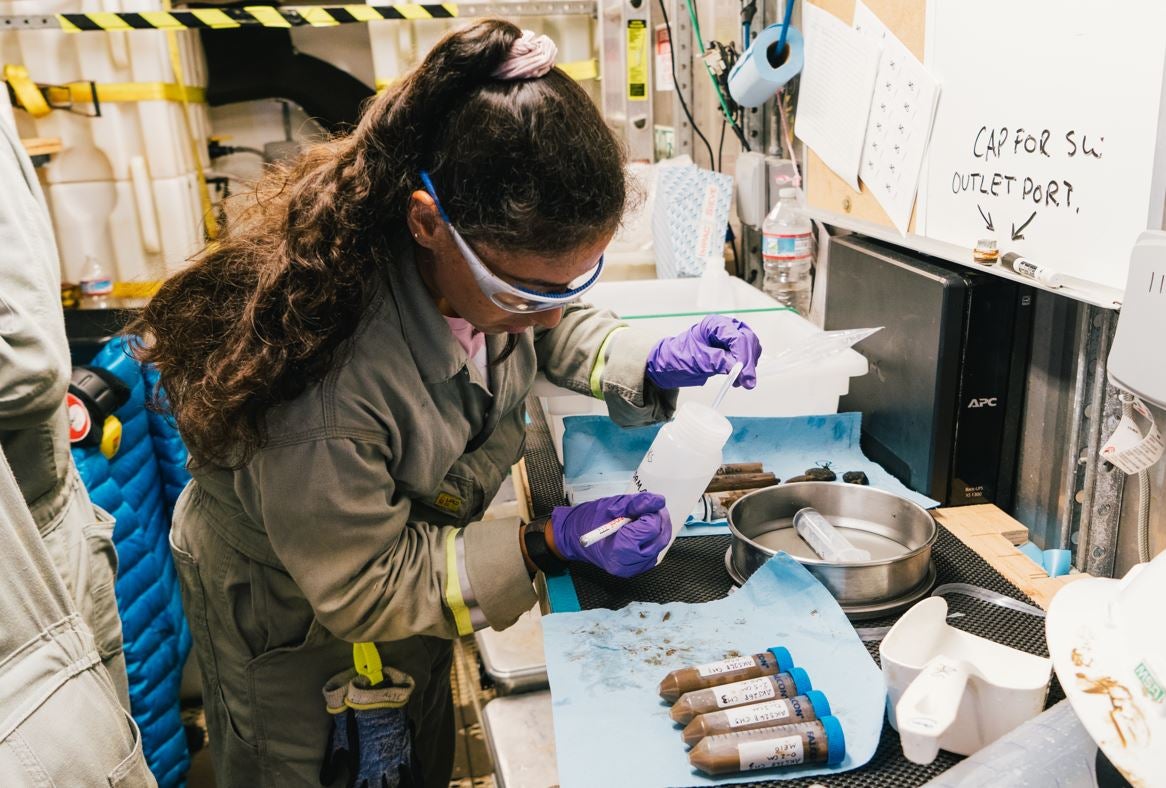
According to research published by the Natural History Museum in London, UK, nearly 200 unique species found in the Clarion-Clipperton Zone (CCZ) of the Pacific Ocean are at risk of having their habitats destroyed by deep sea mining. Only six of the species found in the CCZ are known to exist elsewhere.
The CCZ is located between Hawaii and Mexico and spans roughly six million square kilometres. Interest in the region has grown in recent years due to the presence of high-quality critical minerals in the area. Deep sea mining companies seek to remove these valuable minerals from the seabed.
Polymetallic nodules located on the sea floor at depths of around 3,500–6,000m contain base metals used in energy transition technologies, including batteries. The nodules contain copper, manganese, nickel sulphate and cobalt sulphate.
According to biologists from the museum, only 10% of the species located in the CCZ are named. Speaking to Mining Technology in March, ecologist Kirsten Thompson explained that the CCZ remains poorly understood.
“We need to know a lot more about mining, but we also really need to know a lot more about the animals that use these areas. […] The removal of parts of the seabed in this way, in the way that commercial mining is likely to go ahead, is going to mean that areas of these habitats will be removed, and that will be irreversible. Those areas won’t recover, certainly within our lifetimes and more likely beyond,” said Thompson.
Protecting biodiversity
The deep sea mining industry remains controversial due to its potential impacts on ocean habitats. It remains the subject of ongoing discussion at the International Seabed Authority (ISA). The ISA has awarded 17 contracts for mineral exploitation and testing missions have already begun into the feasibility of mining metals from the sea floor.

US Tariffs are shifting - will you react or anticipate?
Don’t let policy changes catch you off guard. Stay proactive with real-time data and expert analysis.
By GlobalData“Exploration for the minerals to create green technologies is not going away,” said Adrian Glover, a researcher at the Natural History Museum. “It is imperative that we work with the companies looking to mine these resources to ensure any such activity is done in a way that limits its impact upon the natural world.”
The Metals Company (TMC), one of the most active companies in the deep sea mining industry has consistently advocated for greater deep sea mining trials and the commencement of the practice. The company is conducting projects with both the ISA and the Natural History Museum.
In 2021, the micro-state of Nauru in the Pacific Ocean activated an obscure sub-clause in the UN Convention on the Law of the Sea, which gave the ISA a two-year deadline to finalise regulations. Deep sea mining is set to proceed in July 2023 regardless of whether an agreement is reached.
TMC said it is “proud that the deep sea research platform provided by this industry is helping to enable the compilation of a comprehensive inventory of life in the CCZ”.
“In order to protect biodiversity, we need an understanding of the biological communities that exist in areas earmarked for future resource development, to support impact mitigation measures and ensure that our operations do not cause serious harm to the marine environment,” the company, which has not yet responded to Mining Technology’s request for comment, added in a statement.
Others, such as Thompson, claim that it is impossible to conduct deep sea mining without damaging habitats, due to its irreversible nature.
“It is a very compelling narrative to say that we need this for the green revolution and… I would challenge that. Because I think there are other ways in which we can implement societal changes that means that we probably don’t need as many of these metals as you might predict and there are ways in which we can change our transport infrastructures to account for that,” she told Mining Technology.



